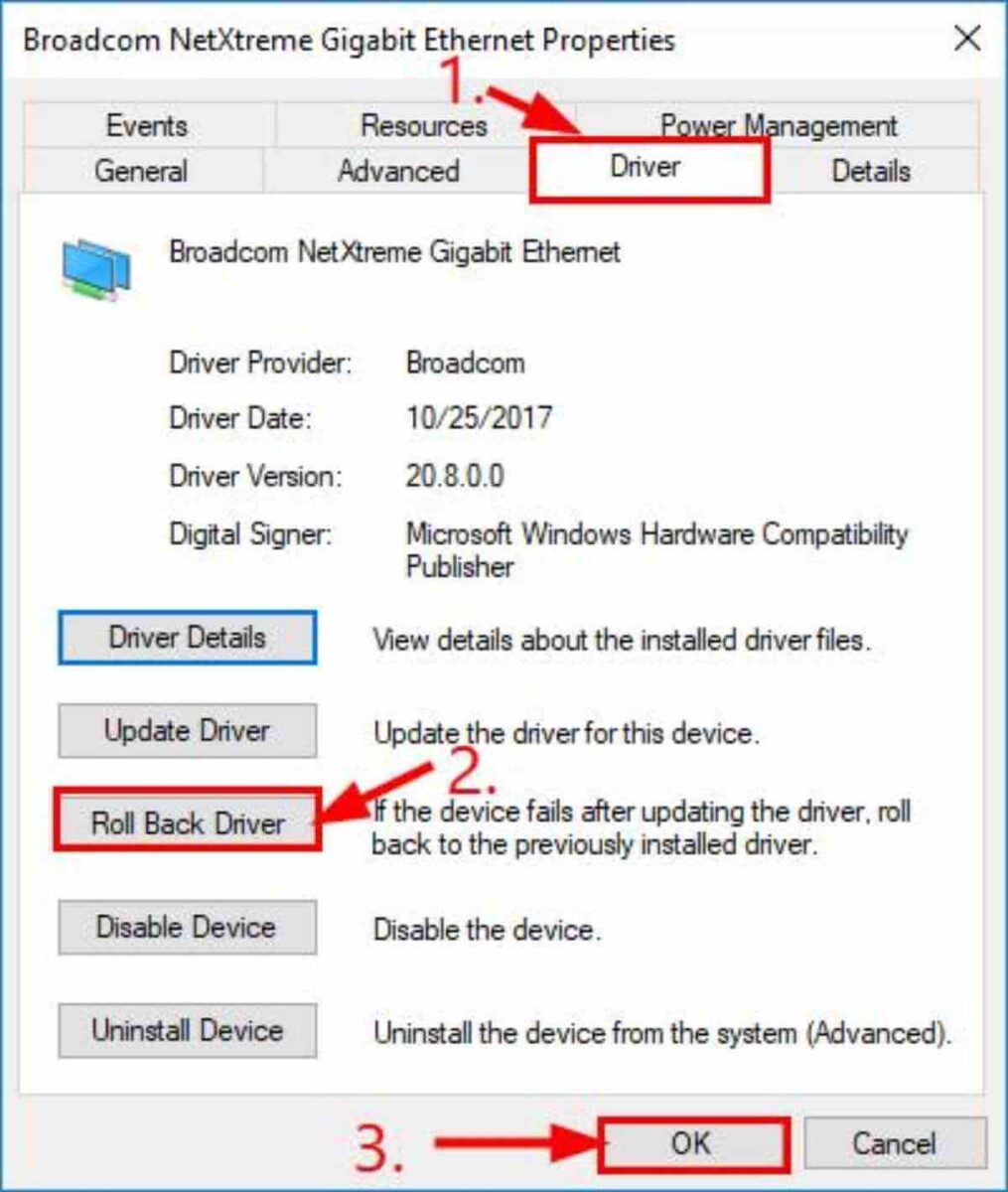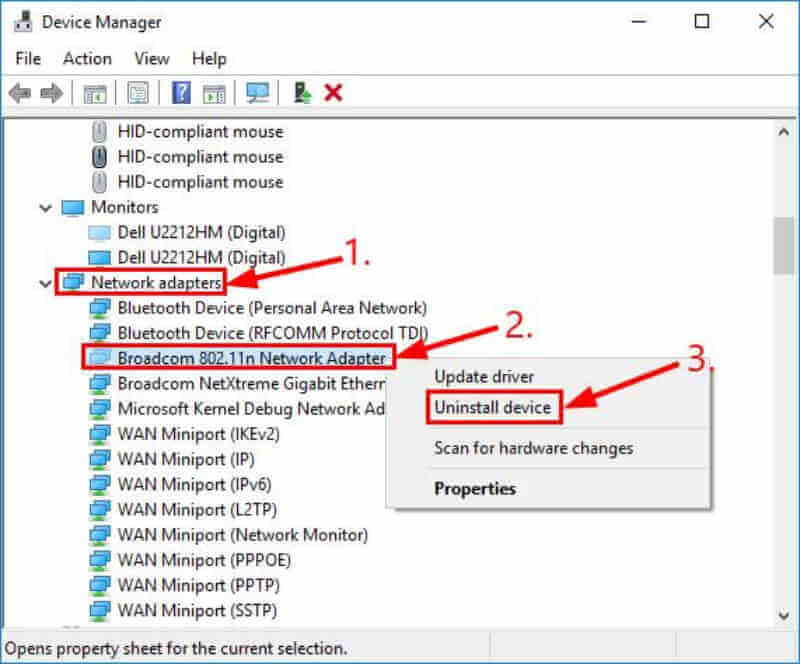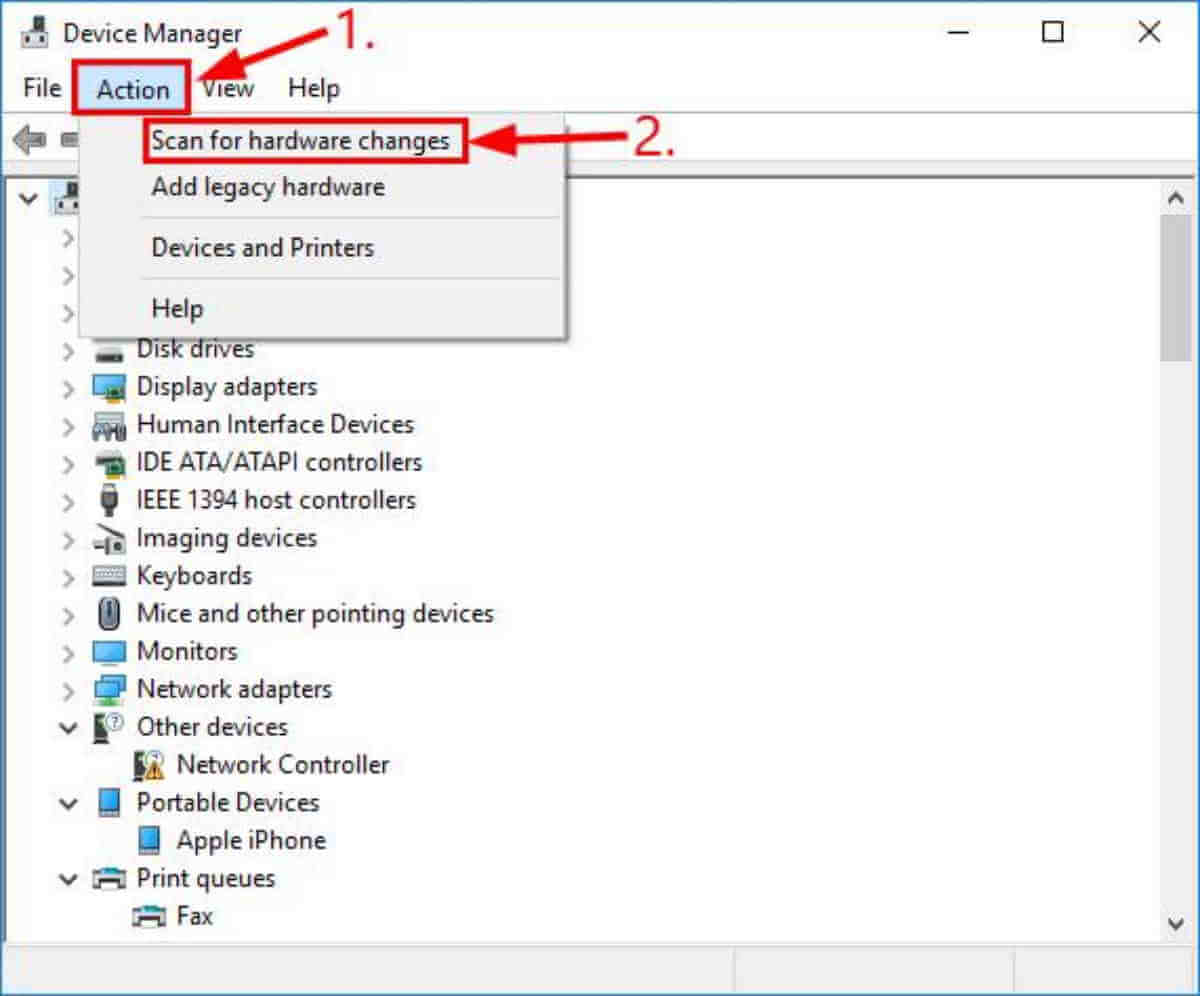[Solved] No Wi-Fi Networks Found Error on Windows
Are you experiencing the annoying “No Wi-Fi Networks Found” issue on your Windows machine? This is a widespread problem that can leave you cut off from the internet, wasting your time and productivity. You might be working from home, watching your favourite shows, or just browsing – this error can ruin your experience. But worry not, for it is easier to resolve than you think.
In this blog post, we’ll guide you through the process of fixing the No Wi-Fi Networks Found error, and you’ll be back online in no time.
Fundamental troubleshooting
Let’s first go through the first troubleshooting procedures before we begin altering the system and messing around inside the control panel. Make sure the WiFi you’re attempting to connect to is active. How many individuals keep it off and attempt to connect to it will surprise you.
Verify that Airplane Mode is not active on your laptop. If Airplane Mode was on, go to Start > Settings > Network & Internet and deactivate it.
Try again after restarting your computer and wiping the router’s settings.
Verify that Wi-Fi is activated on your machine. To verify if the Wi-Fi is on, navigate to start > settings > network & internet.
Verify whether additional devices, such as smartphones and tablets, are logging onto the WiFi. If so, then your system is the source of the problems. If the answer is no, the router is the issue.
Your antivirus programme may occasionally flag a wifi network as dangerous and forbid your computer from connecting to it. Attempt disabling your antivirus programme, and then try connecting to the WiFi network, to see whether this is the case.
The procedures for disabling antivirus software will vary depending on the programme you are using. We advise consulting the programme manual that was included with your antivirus to learn how to turn it off.
Switch your Firewall off momentarily
Similar to how your antivirus programme could stop you from finding or connecting to wireless networks, your firewall may also do this. As a result, try disabling your firewall and checking to see whether you can access your wireless network.
Temporarily disable your antivirus software
Your antivirus programme may occasionally flag a wifi network as dangerous and forbid your computer from connecting to it. Attempt disabling your antivirus programme, and then try connecting to the WiFi network to see whether this is the case.
The procedures for disabling antivirus software will vary depending on your program. We advise consulting the programme manual included with your antivirus to learn how to turn it off.
Note: Your PC is now open to all types of dangers if your antivirus software is deactivated. So, as soon as you can, turn on the antivirus.
Additionally, you might need to whitelist your network in the antivirus if the wi-fi network vanishes as the antivirus is turned on.
Uninstall any VPN
A VPN (Virtual Private Network) may be the cause of your laptop’s unresponsive wifi if it is installed. This is much more likely if you are using an outdated VPN programme on a more recent version of Windows 10. In order to test if the lost wi-fi is now visible, you may try removing the VPN programme and restarting your computer. If so, your VPN is the source of the issue.
You should update it as quickly as possible if it’s possibly out of date. However, if you’re using the most recent version of your VPN, we advise contacting its support staff.
You may let them know that your Windows laptop’s connectivity problems are caused by the VPN and see what options they offer. Even after deleting the VPN, you might need to tinker with your driver software if you continue to receive the no wireless networks identified problem.
Also Read: Fix Error 0xc00007b | Application Unable to Start
Revert the Wi-Fi adapter driver
Any new network adapters will be downloaded and updated by your Windows 10 system automatically. However, updates frequently contain defects that can lead to a variety of problems.
You must therefore check your Device Manager to see if the Wi-fi driver has been updated recently in order to ensure that this isn’t the case. If so, go back to a previous version to see if it fixes the issue.
Here is a detailed explanation on how to accomplish it:
- The Run dialogue box will appear when you press Windows + R.
- Enter the devmgmt.msc command. The Device Manager will then be shown.
- Locate and expand the Network Adapters option.
- Select Properties by performing a right-click on the name of your Wi-Fi adaptor.
- Click the Roll back driver button on the Driver tab after navigating there.
- To restart your machine, click OK.
Continue to the following procedure if your laptop’s wifi is still not connected.

Update your Wi-Fi adapter
Outdated network adapters may also cause a lot of difficulties, much like a flaw in an update can affect your wireless networks.
As a result, if you go to your Device Manager and see that the wifi adapter hasn’t received an update in a while, you might want to investigate if a new updated version is now available. The issue could be resolved by installing it.
The following is a fast approach to updating your Wi-fi driver:
- Enter the name of the WiFi adapter you are using on your machine at the manufacturer’s website.
Verify whether any new drivers are accessible. If so, save it to your computer. - Most likely, the driver is in a .zip file. Put it in a folder after being extracted.
- Now open the Run dialogue box by pressing Windows + R.
- Enter the devmgmt.msc command. The Device Manager will then be shown.
- To make the Network Adapters selection larger, click. To right-click your WiFi adaptor.
- Go to Update Driver Software and click. Select Browse my computer for driver software after that.
- Select the adapter driver you just downloaded by clicking Browse.
- To begin installing the updated driver, click Next at the very end.
- Then restart your Windows 10 computer.
Now check the wifi settings to see if any new wireless networks have been discovered. If not, move on to the following action.
Wi-Fi adapter driver reinstallation
When downloading or installing any driver software, it may occasionally get corrupted due to interference. Your wi-fi driver may have experienced this, which would explain the connectivity problems.

You must reinstall your Wi-fi adapter in order to fix the issue. A step-by-step manual is provided below to assist you:
- The Run dialogue box will appear when you press Windows + R.
- Enter the devmgmt.msc command. The Device Manager will then be shown.
- Expand the section under Network Adapters by going there.
- Now choose Uninstall Device by performing a right-click on your Wi-Fi adaptor.
- Reboot your computer.
- Visit Device Manager once again.
- Select Scan for Hardware Changes by clicking Action.

- Your system will begin to locate and install the missing wi-fi driver.
- Install it, then restart your computer.
Now attempt to locate the wi-fi networks if you can. Continue to the following method if no networks are discovered.
Make use of the network adapter troubleshooter.
Use the Windows 10 Troubleshooter if none of the options mentioned above was successful in assisting you in finding your wireless network.
The useful troubleshooting tool included with Windows 10 can assist in resolving the majority if not all, issues you might have with the system. Now, just adhere to the instructions to utilise the troubleshooter:

- After selecting the Start Menu, choose Settings.
- Type “Troubleshoot” into the search box. The troubleshooting settings page will then be shown.
- Look for and choose Network Adapter.
- Click Run the troubleshooter one again.
- Pick Wi-Fi from the list of available options. Finally, press Next to launch the procedure.
Now all you have to do is wait while Windows looks for any issues.
When a solution is discovered, it will display it on the screen. Then, in order to resolve the problem, you must adhere to the directions offered.
Conclusion
This advice should have assisted you in resolving the “No Wi-Fi Networks Found” problem. However, if you have any trouble or questions after using the instructions, please leave a comment below. We’ll do all we can to assist in solving your issue.

